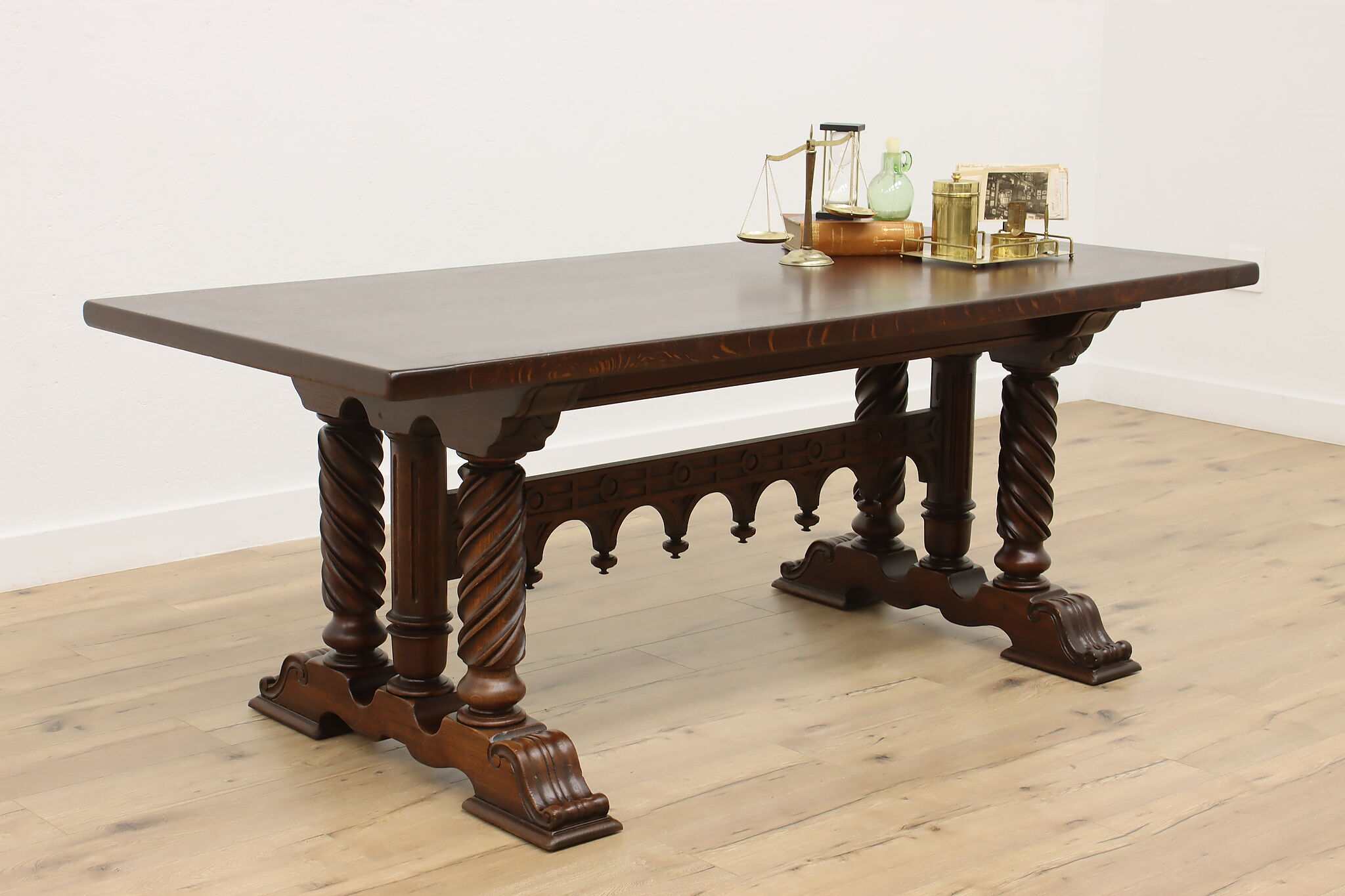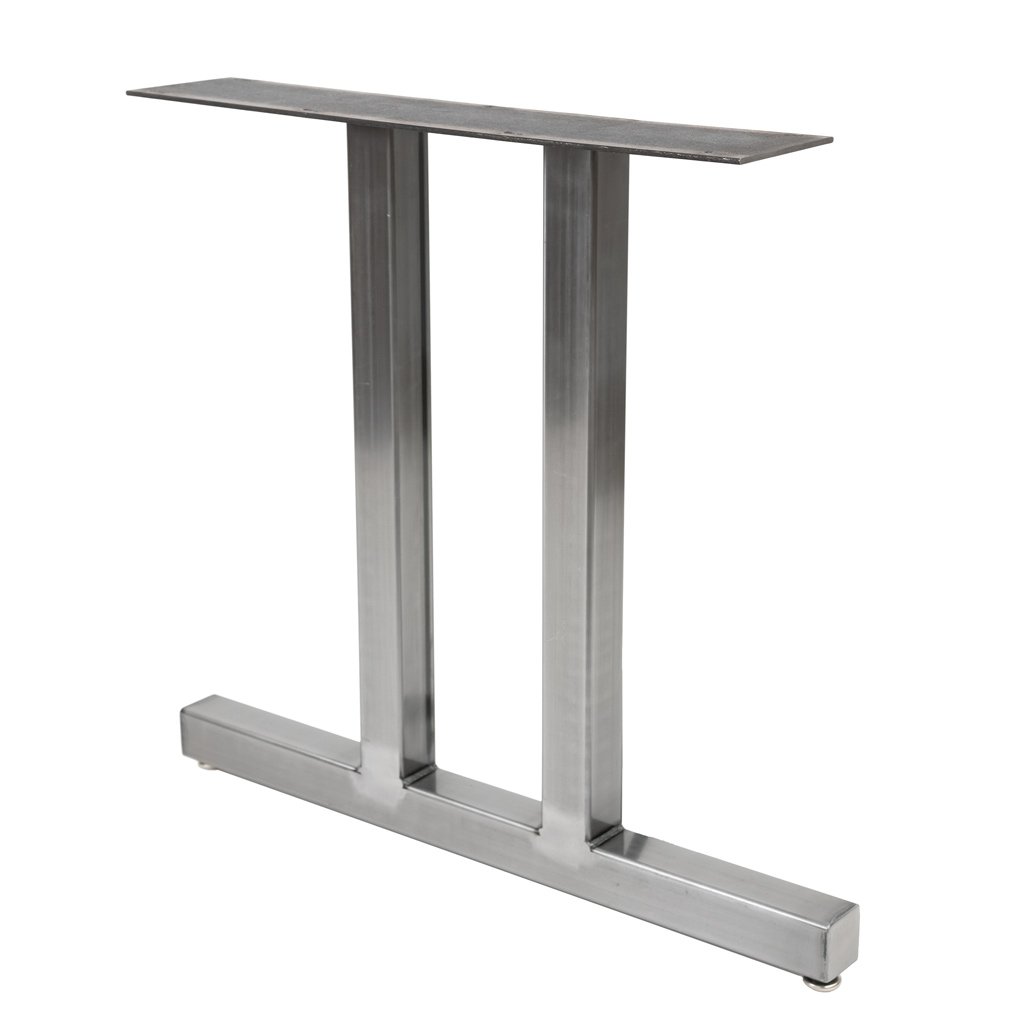How Dining Room Table Legs Can Change the Entire Aesthetic of Your Room
How Dining Room Table Legs Can Change the Entire Aesthetic of Your Room
Blog Article
From Conventional to Modern: Locate the Suitable Dining-room Table Legs for Your Design
While timeless designs such as cabriole and transformed legs evoke a sense of classic elegance, modern styles like barrette and geometric alternatives present a chance for striking visual rate of interest. As you think about these components, the concern stays: how can you effortlessly incorporate these varied leg styles to produce an unified eating experience?
Comprehending Table Leg Styles
The variety of eating area table leg designs can significantly influence both the appearances and performance of the area. Each leg style contributes distinct visual elements and functional functions, accommodating varied layout choices and use demands. Recognizing these designs is critical for picking the ideal table that straightens with your total interior decoration vision.
As an example, conical legs offer a clean, timeless look that can enhance an area's sophistication, while pedestal bases offer security and make best use of legroom, making them optimal for smaller spaces. Hairpin legs, a trademark of mid-century modern design, present an industrial flair, enabling an airy, open feeling. Likewise, trestle legs evoke rustic beauty, providing durable assistance and a sense of eternity.
Moreover, the selection of materials plays a substantial duty. Wood legs can bring warmth and appearance, whereas metal options commonly share a smooth, contemporary ambiance. Ultimately, understanding table leg designs is vital for creating a natural dining location that shows individual style while making certain functionality and convenience. By attentively considering these aspects, you can enhance both the practical and aesthetic allure of your dining area.
Typical Table Leg Options
When selecting dining-room table legs, traditional alternatives frequently personify ageless beauty and craftsmanship. These styles mirror an abundant heritage and a dedication to top quality, making them perfect for those that value timeless aesthetic appeals.
One of the most legendary standard leg designs is the cabriole leg, identified by its elegant rounded form. This design typically includes attractive makings and is most frequently located in Queen Anne and Chippendale furnishings. An additional preferred alternative is the turned leg, which boasts a series of smooth, rounded shapes that offer a traditional appearance while preserving security.
Furthermore, the straight leg, while basic, offers a sturdy and basic structure that can blend perfectly with a range of tabletop styles. For those drawn to ornate detailing, claw-and-ball feet legs evoke a sense of splendour and can function as a spectacular prime focus in any kind of eating room.
Last but not least, stand bases, although not strictly legs, provide an alternative traditional alternative that permits sufficient legroom and can be magnificently carved. Each of these traditional leg designs contributes to the overall setting of a dining-room, marrying function with visual charm.

Modern Table Leg Designs
Modern table leg designs provide a varied variety of styles that highlight innovative products and clean lines. These styles frequently prioritize capability while working as striking prime focus within an eating room. Minimal aesthetic appeals are widespread, with legs crafted from products such as steel, glass, and crafted wood, which add to a modern and airy feeling.
One preferred style is the barrette leg, defined by its slim, conical structure that supplies security without overwhelming the table top (dining room table legs). This design is typically found in mid-century contemporary furnishings and can effortlessly match numerous table forms. Another pattern is the usage of geometric shapes, where legs may handle angular or asymmetrical kinds, adding visual rate of interest and my latest blog post a touch of artistry

Mixing Designs for Special Areas
Commonly, property owners seek to develop unique dining rooms that show their personal style by mixing numerous style aspects. This method permits the unification of diverse aesthetics, leading to an unified yet distinctive environment. As an example, pairing a rustic wood table with streamlined, contemporary metal legs can develop a captivating comparison that raises the room's total charm.
Additionally, incorporating vintage table legs with contemporary tabletops can stimulate a sense of background while preserving a modern-day sensibility. Such combinations not just showcase specific taste yet also urge creative thinking, enabling homeowners to curate an area that really feels both personal and welcoming.
Color plays an important duty in this blending procedure; selecting table legs that match or comparison with the existing shade system can improve aesthetic interest. For example, whitewashed legs can soften the boldness of a dark table surface, creating a balanced visual.
Tips for Choosing the Right Legs
Choosing the straight from the source right table legs is crucial for achieving both performance and aesthetic allure in your dining room. Begin by taking into consideration the general style of your area. Traditional settings take advantage of legs that include intricate carvings or transformed layouts, while contemporary spaces may ask for streamlined, minimalist styles.
Next, examine the elevation and stability of the legs. dining room table legs. Typical dining tables range between 28 to 30 inches in elevation, so ensure the legs match this dimension for convenience. In addition, durable products, such as wood or steel, can boost security and long life
Evaluate the leg shape too-- options consist of directly, tapered, or stand layouts. Straight legs use a classic appearance, while tapered legs can include a touch of style. Pedestal bases give adequate legroom and are excellent for smaller sized rooms.
Verdict
In recap, selecting the perfect eating space table legs requires cautious consideration of both typical and contemporary styles. By balancing leg style, height, and material with the total decor, a cohesive and inviting ambience can be attained.
The range of eating room table leg styles can dramatically influence both the aesthetics and performance of the room. Eventually, understanding table leg designs is vital for producing a cohesive dining location that reflects individual style while guaranteeing functionality and convenience.One of the most renowned typical leg styles is the cabriole leg, identified by its graceful bent form. Straight legs offer a classic appearance, while tapered legs can add a touch of style.In summary, choosing the perfect eating area table legs needs mindful factor to consider of both standard and modern styles.
Report this page